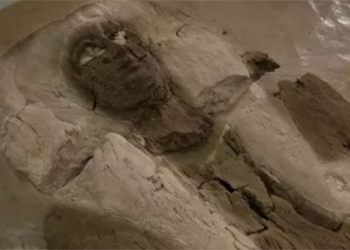For centuries, Great Zimbabwe has sparked lively debates regarding its significance in the heritage and history of Africa. Yet, all the discussions and hypotheses converge on a fundamental question: What exactly is Great Zimbabwe?
Structurally, Great Zimbabwe appears to be a city of the mysterious medieval African civilization. This monument is located near Masvingo in Zimbabwe, featuring a large conical tower and a circular surrounding wall. Archaeological studies indicate that people lived at Great Zimbabwe as early as the 1100s AD.
However, in the 15th century, it was abandoned for unclear reasons and today it stands as a collection of stone ruins.
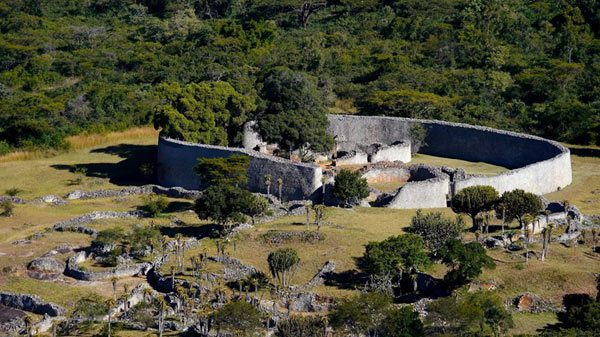
In 1868, a group of European explorers traveling through Africa accidentally discovered a vast, desolate stone site in the Zimbabwe region. This monument was named “Great Zimbabwe” and quickly gained worldwide fame shortly thereafter.

Here, there are gigantic stone structures dating back to the 12th century. Although most have been damaged, they still retain the majestic grandeur of an architectural ensemble built by a powerful kingdom.
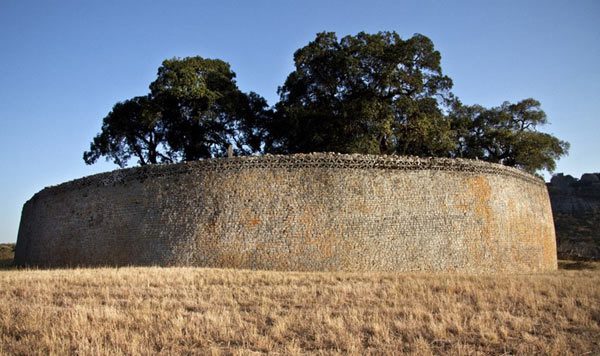
The focal point of the Great Zimbabwe site is a large oval fortress. This structure is built with small quarried stones using highly advanced techniques, requiring no binding agents. The fortress walls are interrupted by three gates.
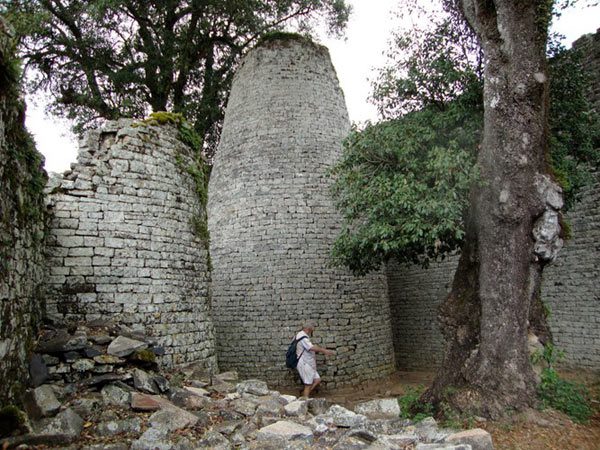
Inside the fortress, there is a rich architectural complex with enclosing walls, remnants of homes, palaces, stone monuments, underground chambers, water wells, and especially tall hollow conical stone towers whose significance remains unresolved.
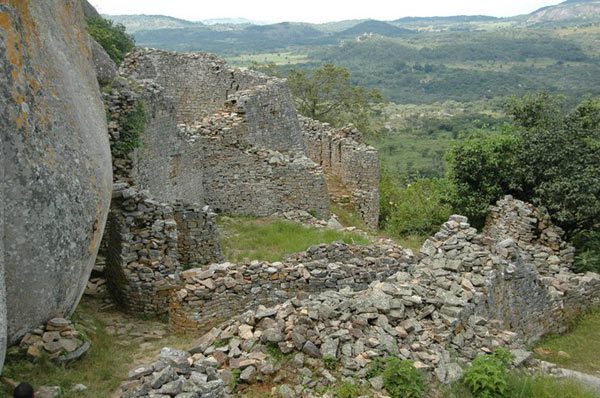
Since its discovery, many legends have been woven by Europeans around the Great Zimbabwe monument.

They believed that Great Zimbabwe was the land containing King Solomon’s gold mines mentioned in the Old Testament. The fortress walls here were constructed in a style reminiscent of how King Solomon built his palace on Mount Moriah.
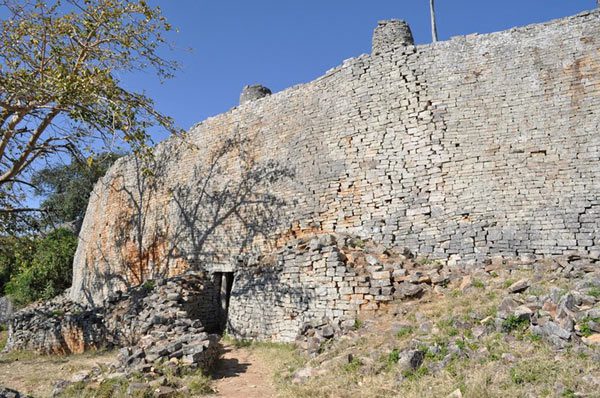
This legend has led to disaster for this unique African monument.
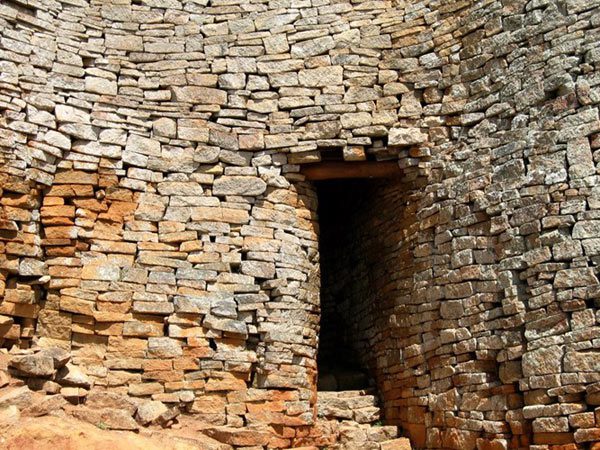
A gold rush erupted at Great Zimbabwe, where Europeans hired local people and advanced machinery to excavate the entire site to a depth of up to 3 meters.
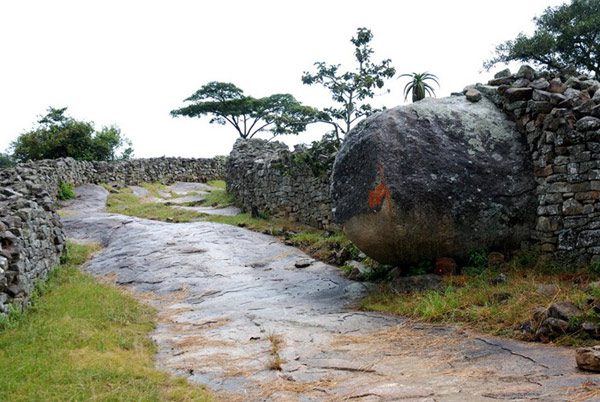
Although no gold was found, Europeans uncovered many valuable artifacts, including ancient scripts from the civilization that built Great Zimbabwe. All of this was lost to the market before scholars could conduct their research. Subsequent official excavations continued to reveal a large number of artifacts including weapons, tools, and some exquisitely crafted jewelry. Some of these were sourced from China, Arabia, Persia, and even ancient India.
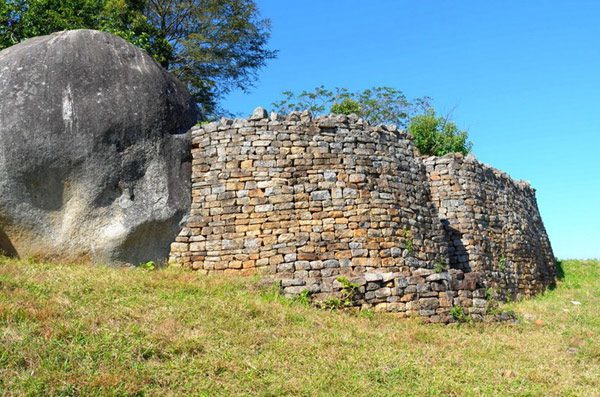
This indicates that Great Zimbabwe once had cultural exchange and trade with Asia since ancient times, serving as a trading hub in Southern Africa. By the 15th century, Great Zimbabwe seemed to decline. The true reasons for this remain a mystery. It is believed that drought and overgrazing led to resource depletion in Great Zimbabwe. Researchers estimate that about 30,000 people once lived in the land of Great Zimbabwe and surrounding areas. The decline in agricultural productivity led to famine, causing the people of Great Zimbabwe to be unable to continue living there.
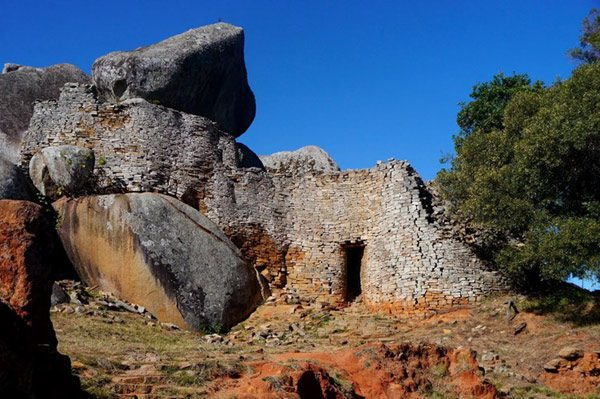
To this day, who ruled the kingdom of Great Zimbabwe and why it declined remain an unsolved mystery for historians.
Today, many believe that Great Zimbabwe was constructed by the indigenous Gokomere people. This tribe had lived around Great Zimbabwe since the 4th century, known for their pottery skills and artistic stonework.
Moreover, the Gokomere were also skilled traders. They established an extensive trade network extending to the coast of Mozambique and traded goods with merchant ships from China, Arabia, and beyond.
During its peak, Great Zimbabwe might have been a major trade center, dealing in almost all types of goods available in the world at the time. This is why artifacts found here include items from Middle Eastern and Asian cultures.
In the latter half of the 15th century, the Gokomere trade network gradually shifted northward. This is likely the reason Great Zimbabwe was abandoned. Without human care, the mud-brick structures collapsed over time into rubble, leaving only the stone constructions.
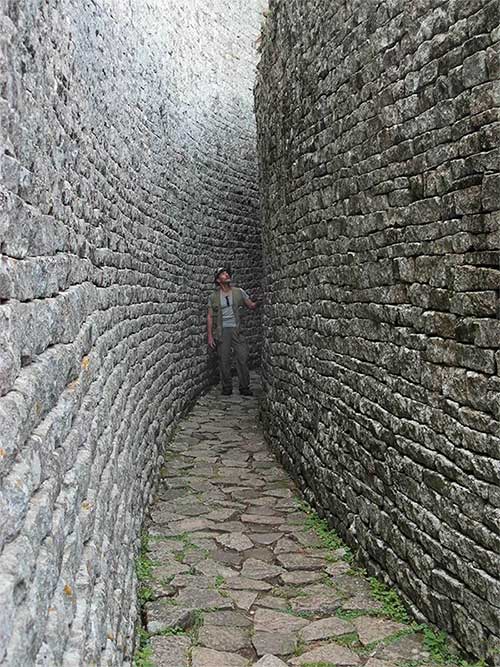
The walls of Great Zimbabwe remain sturdy without mortar. (Photo: Sacredsites.com).
Some others believe that Great Zimbabwe was a trading station established by the Portuguese or Phoenicians. They built it as a resting place for trading and exchanging goods, and when it was no longer used, it was left to become ruins.
Despite being merely ruins today, Great Zimbabwe still plays an important role as a symbol of African civilization. In 1986, UNESCO recognized it as a World Heritage Site as the “largest stone structure from the medieval period in sub-Saharan Africa.” Since all conclusions about this magnificent stone city are based solely on argumentation, it remains an intriguing challenge for future archaeologists to uncover its secrets.








































